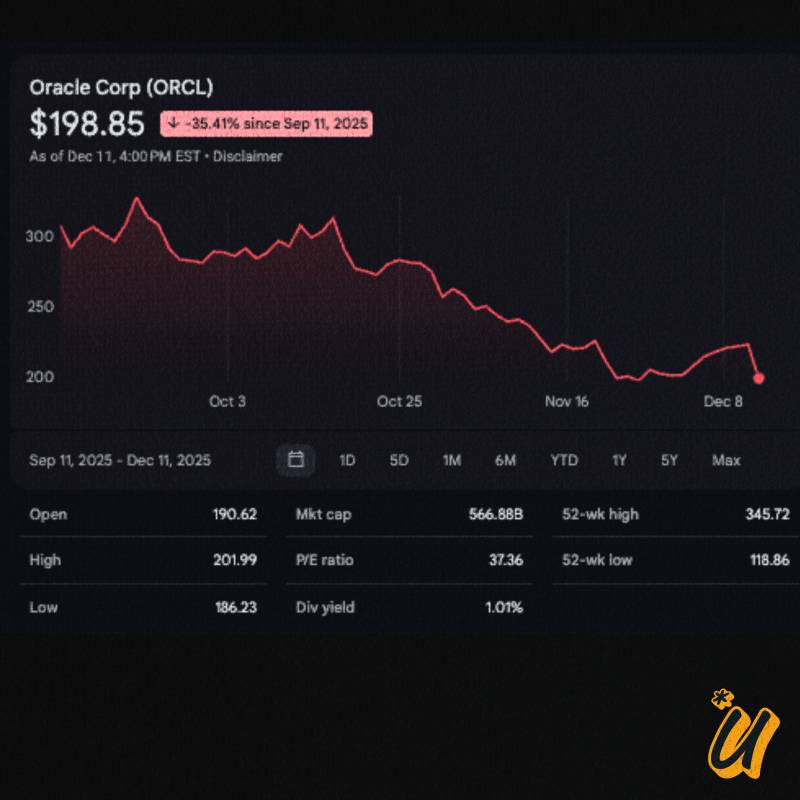Microsoft CEO Reveals AI Now Writes Up to 30% of Company’s Code At the LlamaCon 2025 conference, Microsoft CEO Satya Nadella disclosed that artificial intelligence (AI) now generates up to 30% of the company's codebase, highlighting a significant shift in software development practices. AI Integration in Microsoft's Development Process During a fireside chat with Meta CEO Mark Zuckerberg at Meta's LlamaCon conference, Nadella revealed that between 20% and 30% of Microsoft's code is now written by AI. This marks a notable advancement in the integration of AI tools into the software development lifecycle. Nadella noted that AI-generated code is particularly prevalent in Python, a language known for its simplicity and readability. Conversely, languages like C++ and C, which are more complex and lower-level, present challenges for AI code generation due to their intricate syntax and memory management requirements. Industry-Wide Shift Towards AI-Generated Code Microsoft's adoption of AI in coding reflects a broader trend in the tech industry.
Google CEO Sundar Pichai recently stated that AI now contributes to more than 30% of the company's code, underscoring the growing reliance on AI tools across major technology firms. Microsoft's Chief Technology Officer, Kevin Scott, has projected that by 2030, AI could generate up to 95% of all code, indicating a future where AI plays an even more central role in software development. Implications for Developers and the Tech Industry The increasing use of AI in coding raises questions about the future of software development jobs. While AI can handle repetitive and data-intensive tasks, human oversight remains crucial to ensure the quality and functionality of the code. Experts suggest that developers should focus on enhancing their skills in areas where human judgment and creativity are irreplaceable, such as system architecture and complex problem-solving. As AI continues to evolve, its role in software development is expected to expand, potentially reshaping the landscape of the tech industry and the nature of programming careers.

Furthermore, Meta Deepens Military Ties with Recruitment of Former Pentagon Officials and AI Integration. In a significant shift signaling deeper engagement with national security sectors, Meta Platforms Inc. has begun recruiting former Pentagon officials and intelligence personnel as it expands its military and defense ambitions. This move coincides with the company's decision to permit U.S. defense agencies and contractors access to its open-source AI model, Llama, marking a notable departure from its previous restrictions on military applications. Strategic Recruitment from Defense and Intelligence Communities Meta's recent hires include individuals with extensive backgrounds in U.S. defense and intelligence agencies. Notably, Scott Stern, a former CIA targeting officer, now serves as a senior manager of risk intelligence at Meta, focusing on misinformation and malicious actors. Similarly, Mike Torrey, previously a senior analyst at the CIA, has taken on the role of technical lead for detecting and disrupting complex information operation threats at Meta.

These appointments are part of a broader strategy to bolster the company's internal security and policy teams with seasoned experts from the national security realm. Opening AI Capabilities to Defense Applications. In November 2024, Meta announced that it would allow U.S. government agencies and defense contractors to utilize its large language model, Llama, for national security purposes. This decision marked a reversal of the company's earlier policy, which prohibited the use of its AI models in military, warfare, and nuclear applications. Nick Clegg, Meta's president of global affairs, stated that this move aims to support the safety, security, and economic prosperity of the United States and its allies. The Llama model is now accessible to several U.S. defense contractors, including Lockheed Martin, Booz Allen Hamilton, and Palantir Technologies. These entities are expected to leverage the AI capabilities for various applications, such as streamlining logistics, enhancing cybersecurity, and analyzing complex data sets pertinent to national security. Implications and Ethical Considerations Meta's integration into the defense sector raises questions about the ethical implications of tech companies collaborating with military entities. While the company asserts that its AI models will be used responsibly and by international law, concerns persist regarding the potential for misuse and the broader impact on global AI governance.
Moreover, the recruitment of former defense officials into key roles at Meta underscores the increasingly close relationship between Silicon Valley and the U.S. military-industrial complex. This trend prompts discussions about the influence of defense perspectives on tech company policies and the potential for conflicts of interest. Conclusion: Meta's recent actions reflect a strategic pivot towards deeper involvement in national security and defense sectors. By recruiting experienced defense personnel and opening its AI technologies to military applications, the company positions itself as a significant player in the intersection of technology and national security. As this relationship evolves, ongoing scrutiny and dialogue will be essential to navigate the ethical and practical challenges that arise.
Uphorial.



